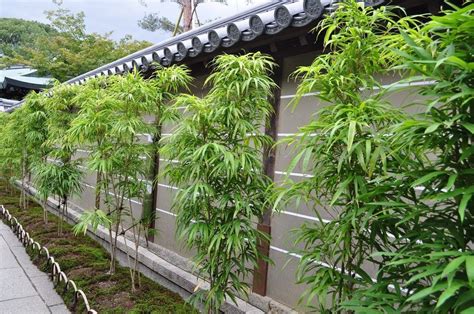Bamboo plants offer a diverse range of uses, from creating serene oriental gardens to effective evergreen screening and bamboo hedging. Varieties like Phyllostachys, Fargesia, Sasa, Pleioblastus, and Semiarundinaria, though their names might sound confusing, cater to different needs. These plants thrive better in sunnier locations, but some can also adapt well to shade. It’s essential to choose the right bamboo for your specific location.
The striking yellow leaves of these bamboos, often irregularly striped green, and purplish-green canes, can reach heights of up to 10 metres, although they are usually maintained at around 4 metres in containers. This adaptability makes bamboo a lasting choice for containers or pots. Lightweight fabric pots and planters make these plants portable, ideal for school projects or rented spaces.

Bamboo rhizomes grow shallow, usually only up to 12 inches deep. Knowledge in repotting bamboos is essential, as it involves a specific technique. When it comes to planting conditions, bamboos are not particularly choosy. They thrive in various soil types, from chalk to clay, and can withstand full sun to semi-shaded areas.
Regular maintenance is crucial for bamboo. In spring, inspect your bamboo and trim any subpar or dead canes to the base. Use sharp secateurs or garden shears for this task. When choosing containers, avoid tall, top-heavy ones as bamboo can be prone to toppling. A mix of multi-purpose, peat-free potting compost and soil improver is recommended for planting.
Bamboo’s invasive nature requires careful cultivation and control. Without proper management, it can spread uncontrollably. For the best plant development, ensure the planter’s length matches the adult height of the bamboo and half its width. During cold seasons, move your bamboo to a location with adequate sun and protection from cold winds. An ornamental pot can enhance the aesthetic appeal of a bamboo plant, making it a stunning addition to any space.

